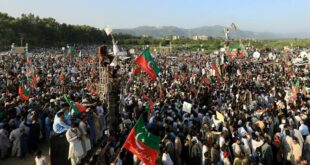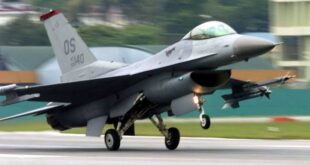Cultivating each crop with high expectations of profit and earning living for their families, these farmers earn minimal at the end of the day as a major chunk of their expected profit is usurped by input providers and middlemen.
Even in the main hubs of agriculture; the Punjab and Sindh provinces, the ancestral land after multiple distributions among the heirs had shrunk into small patches. Non-promotion of corporate instead of traditional farming and climatic effects are other factors thinning their output and income thus heralding danger of food security.
The situation is not different in South Punjab where about 77 % population lives in rural areas and the majority among them are directly or indirectly linked to agriculture.
Since the region is usually very backward with farmers having the least access to markets, small farmers remain under immense stress due to rising inflation and their continued exploitation by the middlemen, dealers and commission agents.
As the region produces 98% mangoes, 80% cotton, 94% black currant (falsa), 92% green chilli, 75% sunflower, 73% onion, 49% sugarcane, 46% tomato, 45% maize and 44% wheat crop, it is very rare that small farmers get due share of profit.
Therefore, due to this tendency, per hour average income of a person in this area is just Rs 65 as compared to Rs 95 per hour average income in Central and Northern Punjab as reported by United Nations Development Program (UNDP), a few months back.
Small Farmer and representative of Pakistan Kissan Ittehad Khalid Araen has expressed dismay over the increasing prices of inputs and lessening profit of farmers.
“The small farmers are unable to purchase expensive inputs. Therefore, they are unable to obtain full production from their fields,” he remarked. “As small farmers are disorganized and do not raise unanimous voice for their rights, they fall victim to exploiters.”
Khalid also mentioned to some issues and hurdles in proper functioning of the Kissan Body and pleaded that small farmers should be given maximum subsidy on inputs to help them attain handsome production and profit.
He invited attention of concerned authorities towards high rate of irrigation water by tube well owners. “They charge Rs 1000 per hour for irrigation water that is unaffordable for small farmers. At least the government should address the issues of water and fertilizers cost especially in case of small farmers.”
Umar Daraz, another farmer stated that small farmers owning land less than six acres could not run their kitchen through farming. “The government should pay special heed to their issues as they are in big number and major contributors to agricultural produce.”
He also suggested to introducing modern farming and promoting cash crops for immediate relief to farmers.
Vice Chancellor Nawaz Sharif University of Agriculture Dr Asif also opined that it is very difficult for small farmers to earn bread and butter through traditional farming.
“We need to shift from traditional farming to high-value crops. Cluster farming can also be a choice for modern agriculture farming,” he stated. “The farmers should shift their focus to tunnel and hybrid systems in the form of clusters.”
Since there are scattered examples of good earnings through corporate farming, there is an urgent need for promoting this culture on a mass scale.
Kashif Hanif and Muhammad Naveed from Dhanot in Lodhran district can validly be quoted for earning reasonable income by cultivating high-value crops including cucumber and red chilli.
 Pride News Daily NEWS
Pride News Daily NEWS





